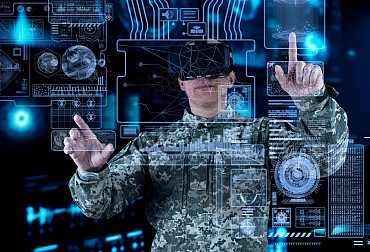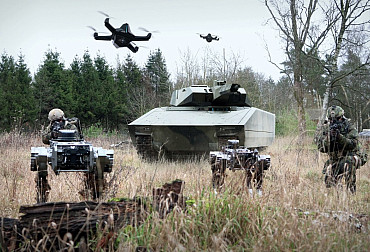Quantum independence: State sovereignty between lasers, chips, and geopolitics
In a world where digital dominance is becoming a key parameter of state power, quantum technologies are redefining the rules of technological and military balance…
25. 07. 2025






